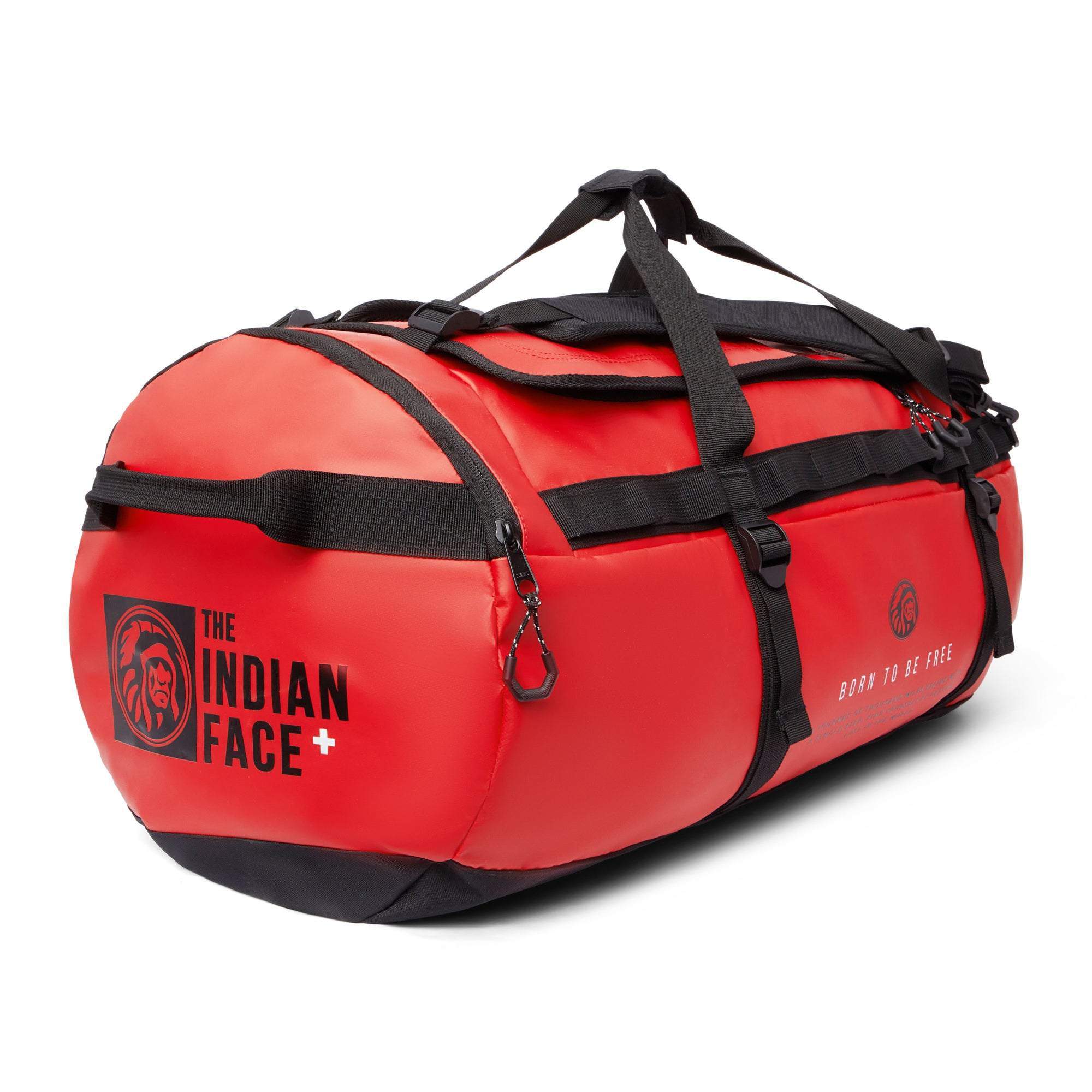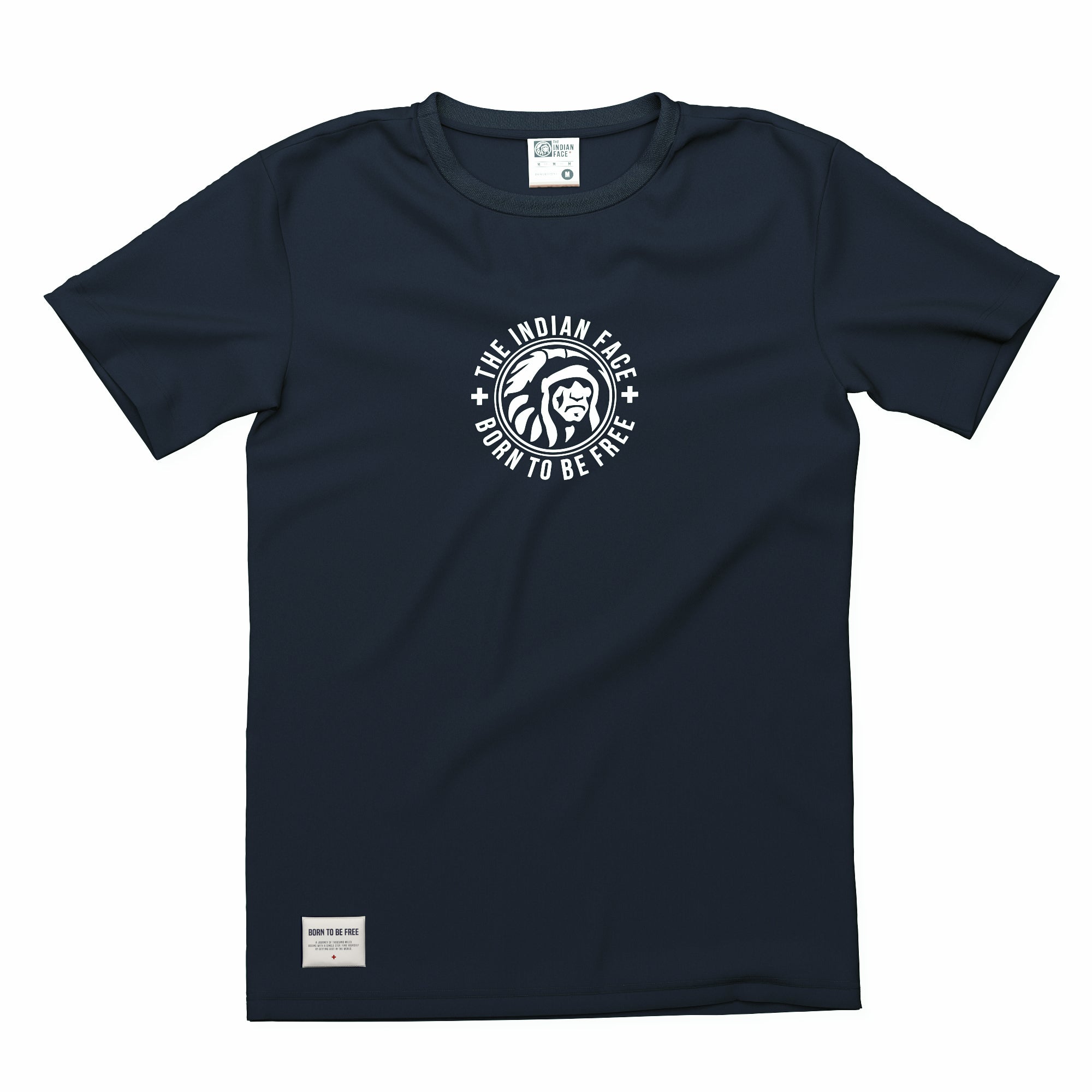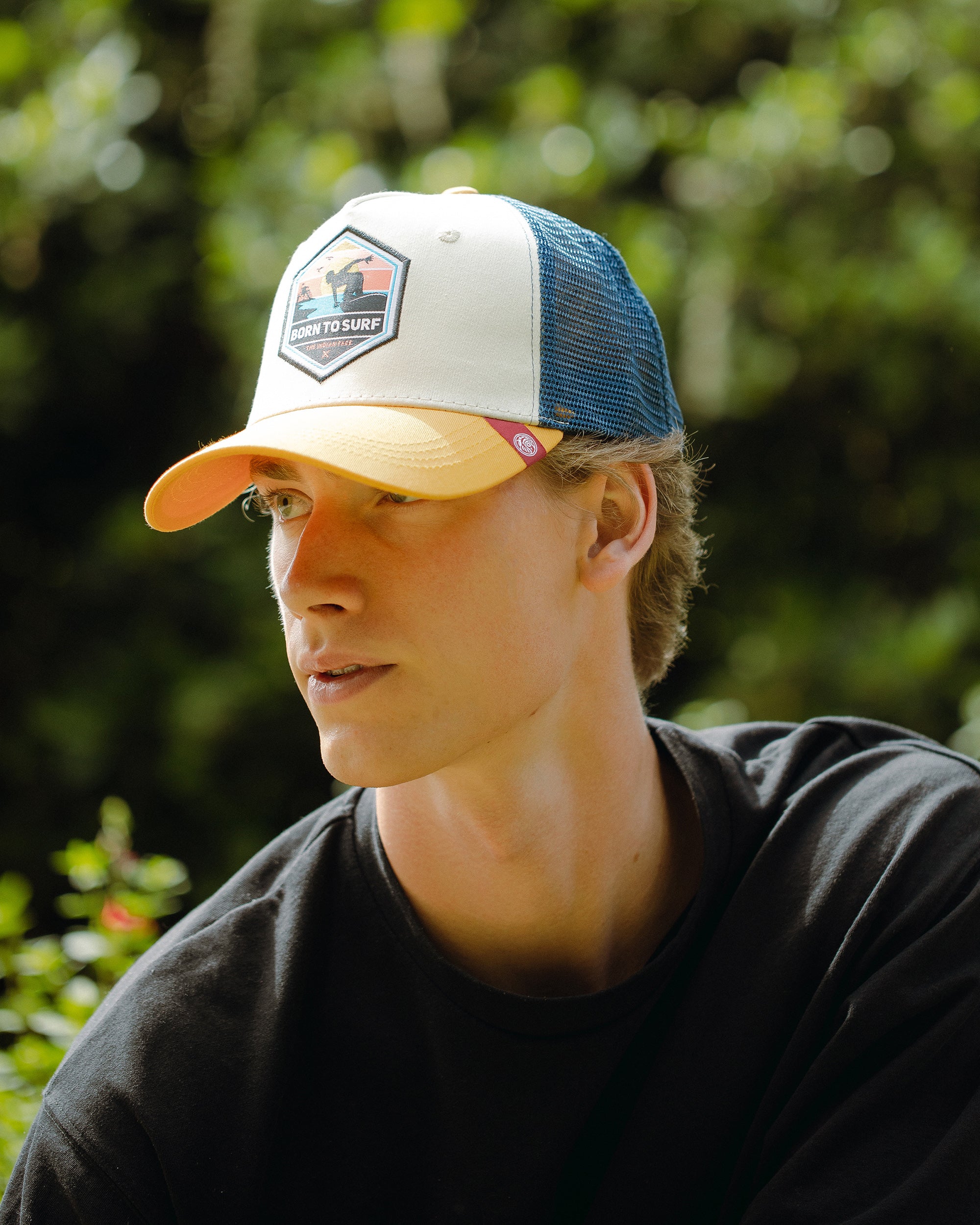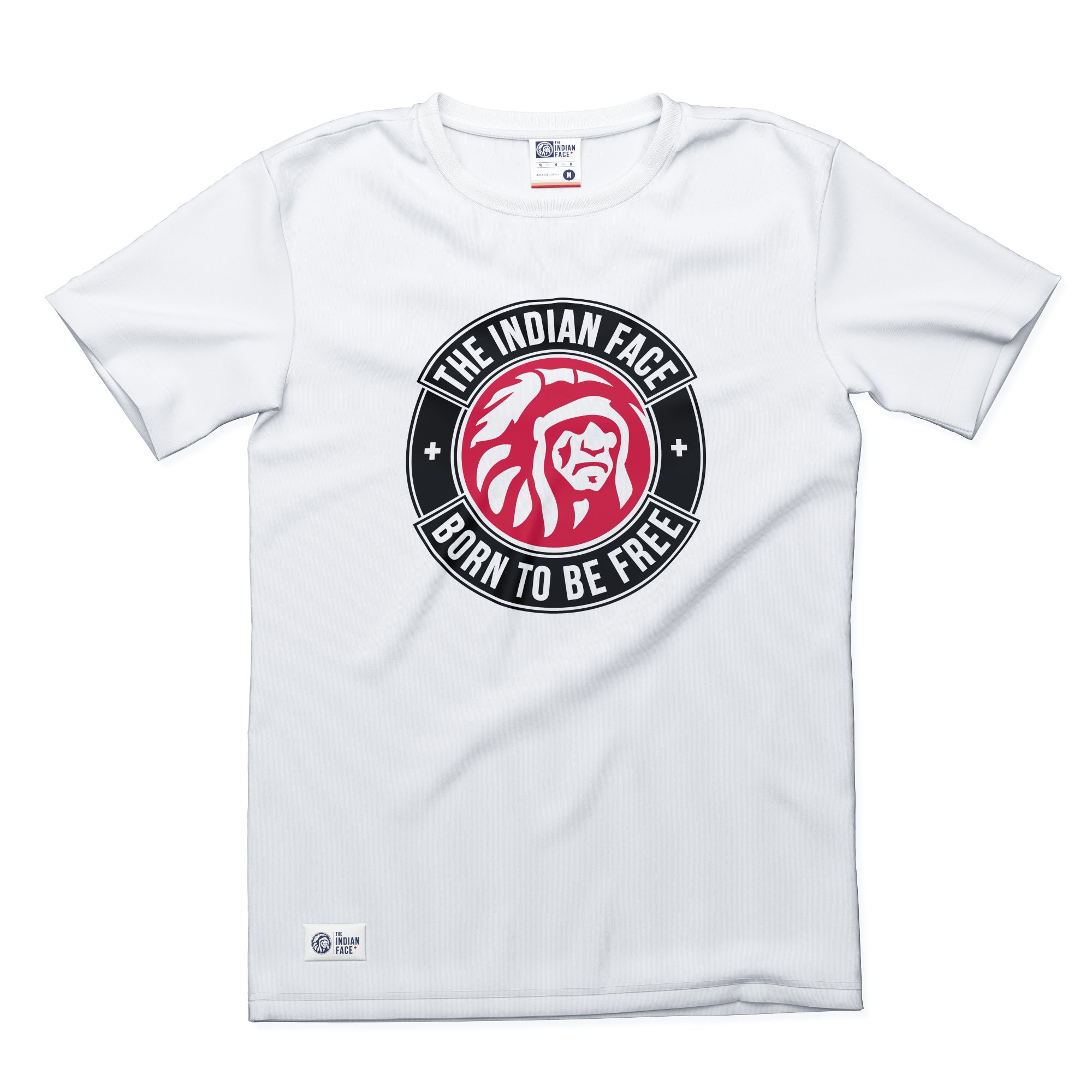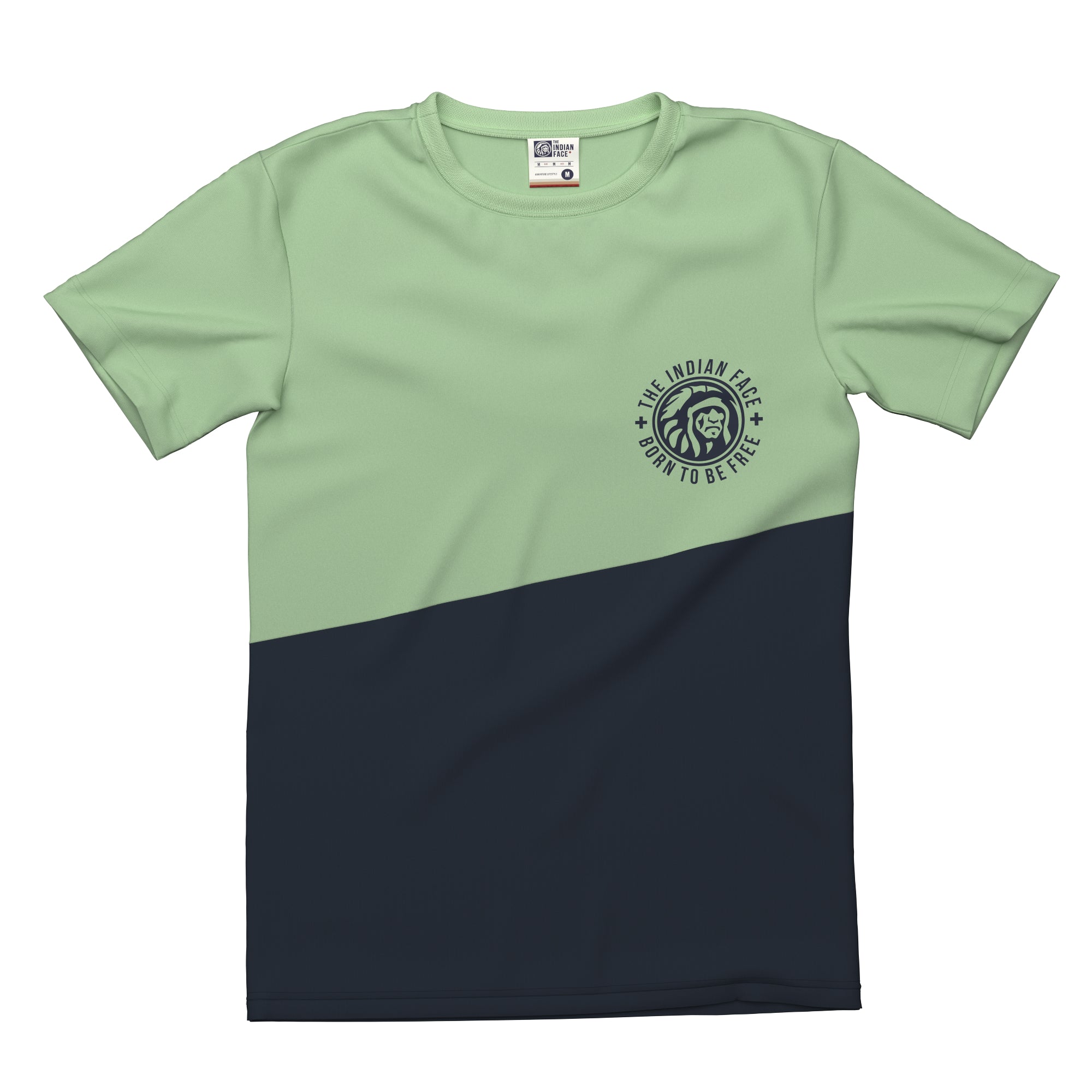Thinking about getting your snowboard out? And after so many years of snowboarding, what do you know about your favorite sport?
Also during this time, ski-surfer Dimitrije Milovich designed a board the size of a ski but much wider and able to “surf” powder snow, known as the Winterstick. As early as the 1970s, Tom Sims and Jake Burton (founder of Burton Snowboards) among others, began to develop and evolve the snowboard concept, testing new designs, using new materials and including rudimentary bindings for the first time.
It was then that snowboarding first exploded in popularity, with the number of companies dedicated to creating boards, boots and bindings increasing. Snowboarding competitions and videos also began to become popular (reaching their peak with “Apocalypse Snowboard”). Snowboarding’s development since then has been exponential, and it was even accepted as an Olympic sport for the first time at the Nagano Winter Olympics in 1998.
Snowboarding, although it is undoubtedly already accepted and recognised worldwide, brought with it a small revolution in the way of conceiving the sport, especially because the most practiced and followed disciplines are freestyle and free descent, which are not very standard and difficult to regulate.
This is why the International Snowboard Federation (ISF), which was part of the International Ski Federation (FIS), had a lot of trouble staying alive, because snowboarding was taking place on a completely different level than what traditional ski managers were used to, with their races and stopwatches.
After much discussion, the ISF was dissolved in 2003 and the brands and snowboarders themselves created the World Snowboard Federation (WSF) and the TTR (Ticket To Ride) competition circuit, as substitutes for the ISF and the World Snowboard Championships respectively (although the FIS continues to be in charge of both the Olympic Games and a World Championship). In other words, snowboarding became directed in almost all its aspects by the snowboarders themselves, although there are still many open fronts that the snowboarding world demands, such as the inclusion of Slopestyle as an Olympic discipline together with Half-Pipe and BoarderCross. The Ticket To Ride is an independent circuit of freestyle snowboarding competitions sponsored by the FMT and which includes a huge number of independently organised competitions (although with certain common criteria) that are contested all over the world and which cover approximately 10 months a year.
Competitions are ranked according to their importance in stars, ranging from 1 star for small local or national competitions to 6 stars for large international competitions.Each competition, depending on the number of stars (which may vary over time), awards points to the top five ranked players in the global TTR ranking, with 1000 points being the maximum that can be obtained in a competition (first ranked player in a 6-star competition) and 210.60 being the minimum (fifth ranked player in a 1-star competition).
Within Ticket To Ride there are 4 competition formats: Slopestyle, Halfpipe, Quarterpipe and Stadium Slopestyle and two participation formats: invitational (the organizers invite the riders they want) and open (everyone can participate). It is also common for some competitions to set a certain number of rounds in which the participants compete, but others set a time period and the riders can do their rounds as many times as they want in what is known as a Jam-Session, which relieves some of the pressure on the competitors while encouraging originality and improvement.











